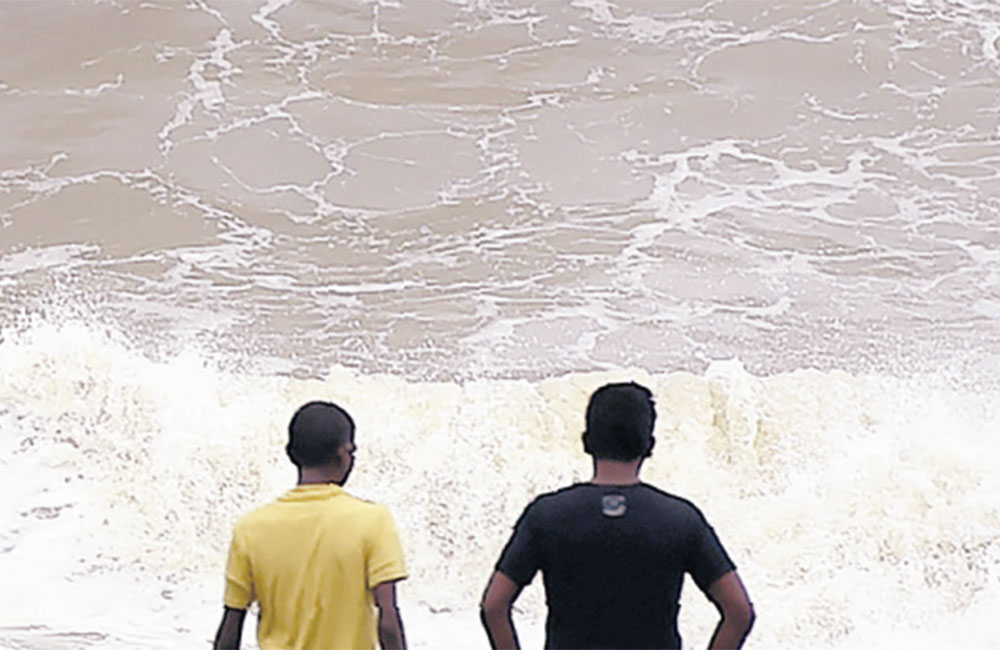Storm warning strategy
Sri Lanka needs to improve its early warning system as the island nation is hit by a growing number of natural disasters caused by wild weather linked to climate change, experts said.
Since it was set up in the aftermath of the 2004 tsunami, which killed 30,000 people alone, Sri Lanka’s government-run early warning system has saved many lives.
However, on several occasions – including in 2011, 2012 and 2016 – Sri Lankans have found themselves facing storms with little warning, according to survivors’ accounts.
On the night of November 29, when Cyclone Ockhi hit, government warnings were issued at 3 pm and again at 8 pm, officials said.
But, Ajith Dias, an office worker in Colombo, said he started receiving warnings that evening on Facebook of a brewing storm nearing Sri Lanka’s southern coast.
“It was Wednesday early evening, it was getting dark and cloudy. But there was no (government) warning, at least no warning that I received,” Dias said.
He had one question for the government’s Disaster Management Center (DMC) and other public weather officials: “If Facebook users knew of a storm coming, how come you guys could not send out a proper warning?”
Sri Lankan disaster officials say early warnings are being issued – but may not be reaching everyone.
Pradeep Kodippili, Disaster Management Centre assistant director, said the disaster agency did not send the warning directly to the public through text messages or social media networks.
“As soon as we got the warning from the Meteorological Department, we sent it out to our subscriber base of media, police, (military) and other networks,” he said.
“A strategic change needs to take place very soon,” said Jagath Abeysinghe, president of the Sri Lanka Red Cross Society, which has more than 6,500 volunteers and trained staff who help with emergency and rescue services.
“With climate change, we know the weather is going to get worse and in return disasters like floods, cyclones (and) storms are going to increase, and not just increase but increase (in) intensity as well, Abeysinghe said.
“So it’s vital that we take the step towards (better) early warning for these disasters,” he said.
Sri Lanka’s Red Cross says the country has a robust system of alerts and interventions once a disaster begins to occur, but is poorly equipped to send out mass early warnings.
The country’s 25 million registered mobile phone users can receive government alerts directly once a disaster has begun, and government units under the disaster authority are tasked with early relief operations.
 commuters drive past branches of a fallen tree
commuters drive past branches of a fallen tree
But no such mechanisms have yet been put in place to get early warnings sent directly to communities before a crisis hits.
Abeysinghe said that there is an over-reliance on using military, police, media and other public networks to send out warnings rather than setting up a system that will send messages directly to vulnerable communities.
Mobile phone companies should be required to take part in such systems when they are granted operating licenses, he said.
Trained experts could also send alerts directly via Facebook and Twitter, he added.
Kodippili said the change is one the country’s disaster agency will consider.
“That is something that we are looking at,” he said.
(Reuters)

Leave your comments
Login to post a comment
Post comment as a guest